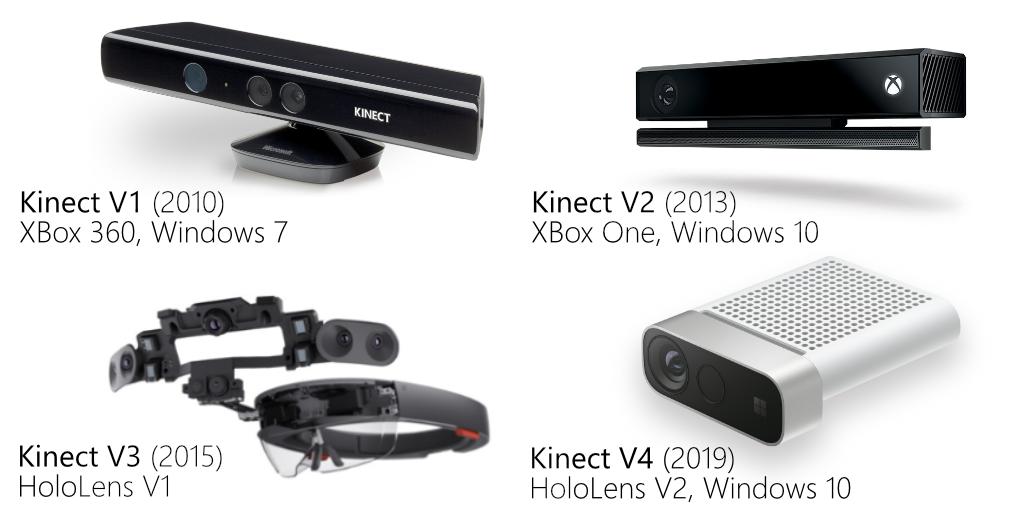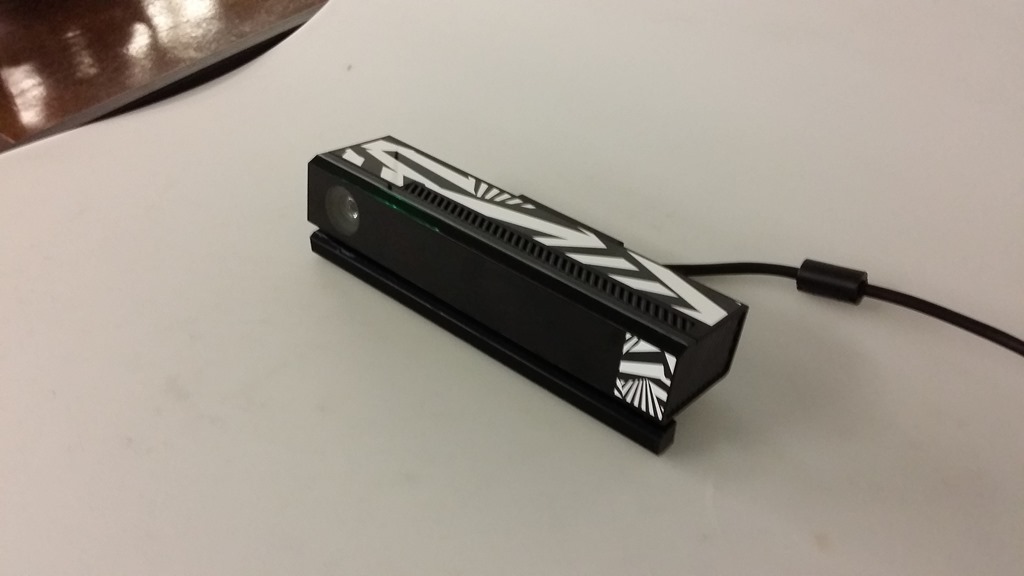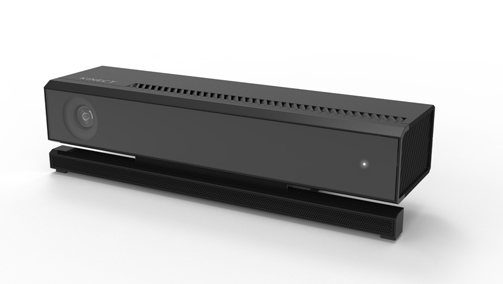

I began thinking about everything like a blinking LED project, SMS notifications from my washer/dryer/dishwasher when a cycle is complete, automating the addition of chemicals to a swimming pool, or firing a rocket when a threshold of retweets is achieved on a particular hashtag. It dawned on me that that this blinking LED demo was all I needed to know to allow computer code to interact with physical objects. Not exactly, jaw dropping surface value, but when looked at for what it can enable rather what it is specifically doing, you may find an opportunity to expand the possibilities of your code. At the end of Bret’s presentation, he showed off a quick demo that showcased an Intel Galileo board running Windows for IoT that contolled a blinking LED with breakpoints set in Visual Studio. I’d like to elaborate a little bit more on inspiration for this project as I would really like to tear down any barriers currently holding back abled developers from breaking into this field. Nonetheless, it leverages concepts that are integral to most “IoT” projects, specifically hardware interface construction, software interfacing, and application development.


For example, this concept could be extended to allow the public to access and control a physical NES through a web interface (think Twitch plays Pokémon) ~Coming Soon~ OR it could allow users to upload Kinect Gesture profiles online that could be pulled down through the application to allow better control in certain games. However, it could be easily modified to fit such a description. This particular project does not quite fully fit the definition above as the end result is a non-network connected thing (a classic NES console) connected to modern sensor (the Kinect V2).

In short, we are connecting your things that are inherently offline to the internet. If you are unfamiliar with the concept of “IoT”, I like to think of it as a programmable system comprised of input sensor(s) / polling service(s) which interact with a physical device and optionally store data received by the sensors to a web service where it could be optionally processed for patterns to facilitate things like forecasting. All of this started while attending a presentation on the subject that was put on by my fellow colleague Bret Stateham. Recently, I have found myself becoming involved in the exciting world of “IoT” or internet of things.


 0 kommentar(er)
0 kommentar(er)
